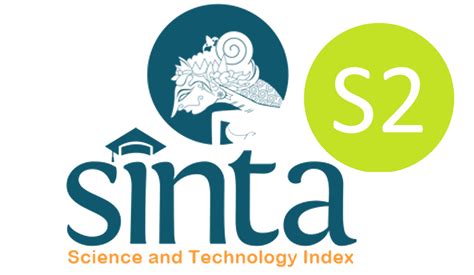Jurnal Pendidikan Geografi: Kajian, Teori, dan Praktek dalam Bidang Pendidikan dan Ilmu Geografi
Abstract
Human Development Index (HDI) is a competitive index that serves as one of the crucial metrics for evaluating the effectiveness of enhancing the quality of human resources. HDI values from different areas can be compared. This study aims to spatially and temporally explore the HDI data from districts or cities in West Java and examine the factors that influence HDI in each of these districts or cities using the GTWR Great Circle Distance Fixed Kernels model. In this study, we used a combination of cross-sectional data from districts or cities in West Java and time series data with seven annual periods from 2015-2021. The GTWR Great Circle Distance Fixed Kernels model was expected to display coefficient values at each location and time simultaneously, providing more in-depth information and analysis results at each location and time. The analysis results using the GTWR Great Circle Distance Fixed Kernels model show that HDI in West Java carries a positive influence on the location and time. This finding should be of particular concern to the relevant government, particularly the factors presenting a natural effect on HDI based on location and time. The positive influence obtained by an area at a particular time will also have a positive impact on other regions, and if there is a negative influence, it will undoubtedly affect other regions as well. Analysis of the HDI model in West Java using the GTWR Great Circle Distance Fixed Exponential Kernel model also presents better results in comparison to the Global OLS model and the GTWR model without the Great Circle Fixed Exponential Kernel. The final parameter estimator results are displayed in the form of a geographic map to facilitate ease of understanding.
Recommended Citation
Rahmawati, Anis Dyah; Wigena, Aji Hamim; and Aidi, Muhammad Nur
(2024)
"Influencing factors for the human development index in West Java using geographically and temporally weighted regression kernel functions,"
Jurnal Pendidikan Geografi: Kajian, Teori, dan Praktek dalam Bidang Pendidikan dan Ilmu Geografi: Vol. 28:
No.
2, Article 9.
DOI: https://doi.org/10.17977/um017v28i22023p228-241
Available at:
https://citeus.um.ac.id/jpg/vol28/iss2/9




